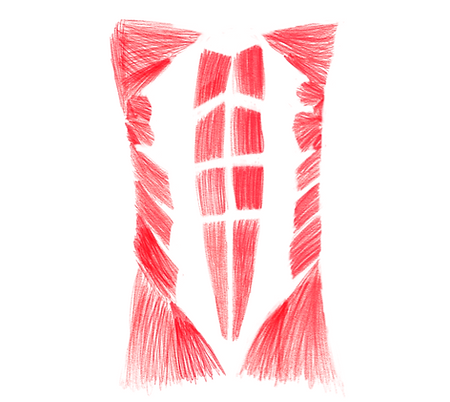Digestive surgery CHD
(Incisional) Hernia

The only treatment for (incisional) hernia is surgery.
This procedure can relieve your pain but
also prevent a strangulation episode that can go as far as requiring intestinal resection.
Different types of surgeries
They can be performed by a single incision near the hernia or by laparoscopy (multiple little holes).
In the vast majority of cases, a synthetic non-resorbable prosthesis is placed in order to limit the risks of recurrence.

NHS leaflet
Groin hernia is a natural opening that has relaxed to the point of causing the content of the abdominal cavity to bulge under the skin.
Inguinal hernias are more common in men as it often follow the spermatic cord towards the testicle.
Femoral hernias, which are more common in women,
are at greater risk of hernial strangulation.

Main ventral hernias are umbilical hernia and epigastric hernia located between the umbilicus and the sternum.

Incisional hernias are holes in the abdominal wall
that have formed after a surgical incision.
Postoperative course
The immediate postoperative course is usually simple with very frequent outpatient surgery except
for large eventrations.
The most frequent complications are benign (seromas, hematomas or loss of sensitivity in the operated area)
and regress over time.
Infection of the prosthesis, which is rare, may require reoperation for removal of the latter.
Recurrence is one of the late complications.
